Related Event
Lecture “The “Collection of Humorous Designs” and the Alphabet: The Works of Santo Kyoden, Tsutaya Juzaburo’s colleague”
July 26 (Sat.) 2025
pre-registration
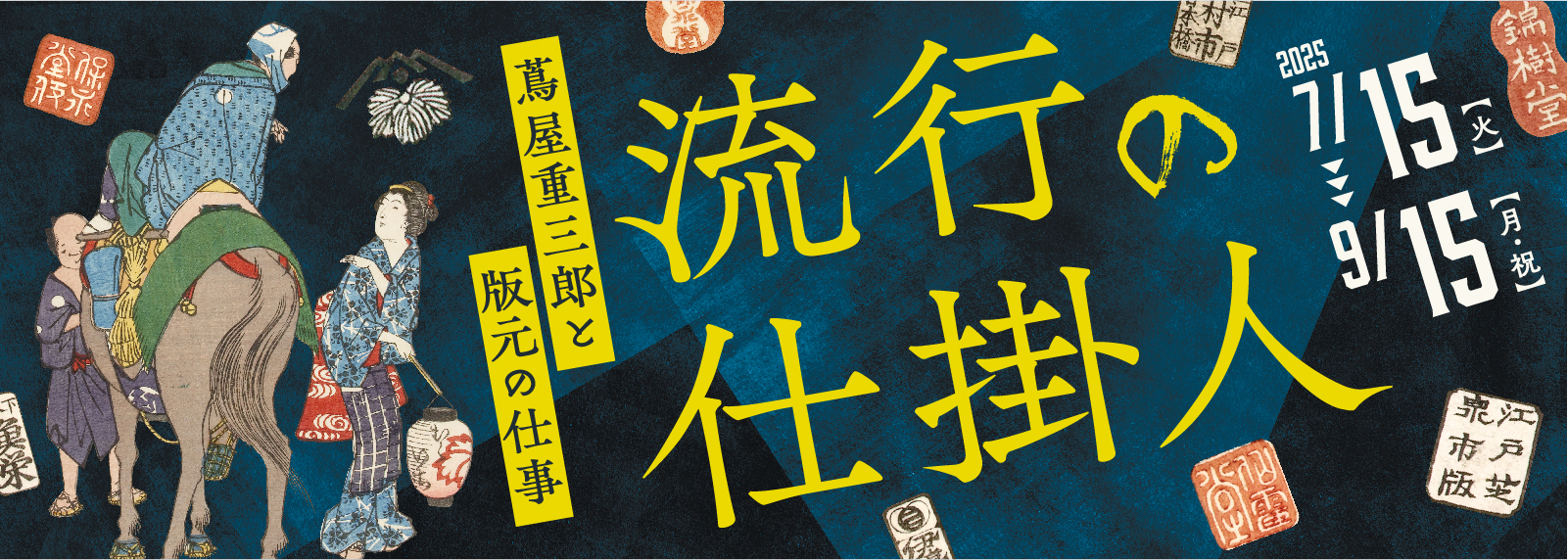
July 15 (Tue.) ~ September 15 (Mon. /Holiday) 2025
*All art pieces are replaced once a session is over.
In the Edo period, printing houses known as hanmoto produced ukiyo-e, handling everything from planning and printing to sale. This special exhibition puts the spotlight on these hanmoto. The Exhibition Hall features hanmoto such as Tsutaya Juzaburo, who discovered Utamaro and Sharaku, and others who worked with Hiroshige’s works. It will also present features unique to woodblock prints and the ways hanmoto ingeniously modified images as seen in the prints themselves.
What was a hanmoto?
These were publishers of woodblock-printed books in the Edo period. Distinct from bookshops, which merely advertised and distributed books, the hanmoto handled publication rights and responsibilities. Hanmoto were divided into shomotsudonya, which handled practical books and scholarly books and other serious works, and jihondonya (or ezoshiya), which handled picture books known as kusazoshi, illustrated pleasure novels and so on. Ukiyo-e prints were published by the latter, the jihondonya.
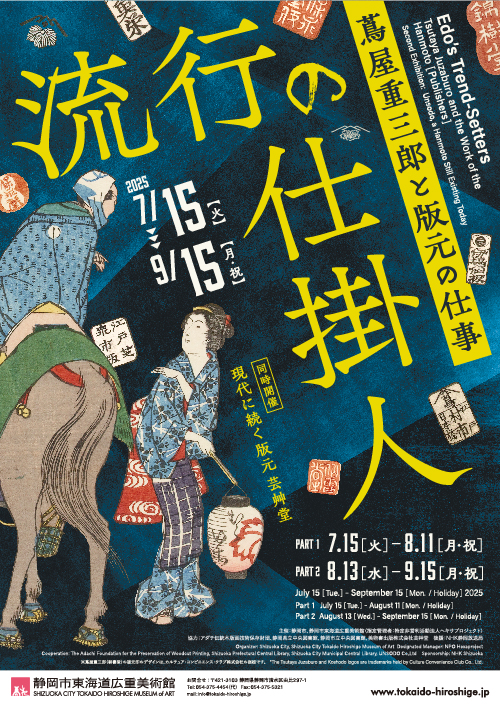
Features of the exhibit (1)
Tsutaya Juzaburo
See Tsutaya works ranging from the books and ukiyo-e published by Tsutaya Juzaburo I all the way down to prefaces written by Tsutaya Juzaburo IV!
Tsutaya Juzaburo (1750-1797)
 He was born in Shinyoshiwara, and worked as a hanmoto under the name Koshodo. His trademark was ivy leaves against the shape of Mt. Fuji. He was one of the most noted hanmoto of the Edo period, discovering the ukiyo-e artists Kitagawa Utamaro and Toshusai Sharaku. Following his death, the head clerk took over as Tsutaya Juzaburo II, and the business continued until Tsutaya Juzaburo IV’s time as a shomotsudonya and jihondonya. Utagawa Hiroshige was born the same year Tsutaya Juzaburo I died, so was never published by him, but there are works by Hiroshige that were published by Tsutaya Juzaburo III or IV.
He was born in Shinyoshiwara, and worked as a hanmoto under the name Koshodo. His trademark was ivy leaves against the shape of Mt. Fuji. He was one of the most noted hanmoto of the Edo period, discovering the ukiyo-e artists Kitagawa Utamaro and Toshusai Sharaku. Following his death, the head clerk took over as Tsutaya Juzaburo II, and the business continued until Tsutaya Juzaburo IV’s time as a shomotsudonya and jihondonya. Utagawa Hiroshige was born the same year Tsutaya Juzaburo I died, so was never published by him, but there are works by Hiroshige that were published by Tsutaya Juzaburo III or IV.
※The Tsutaya and Koshodo logos are trademarks held by Culture Convenience Club Co., Ltd.
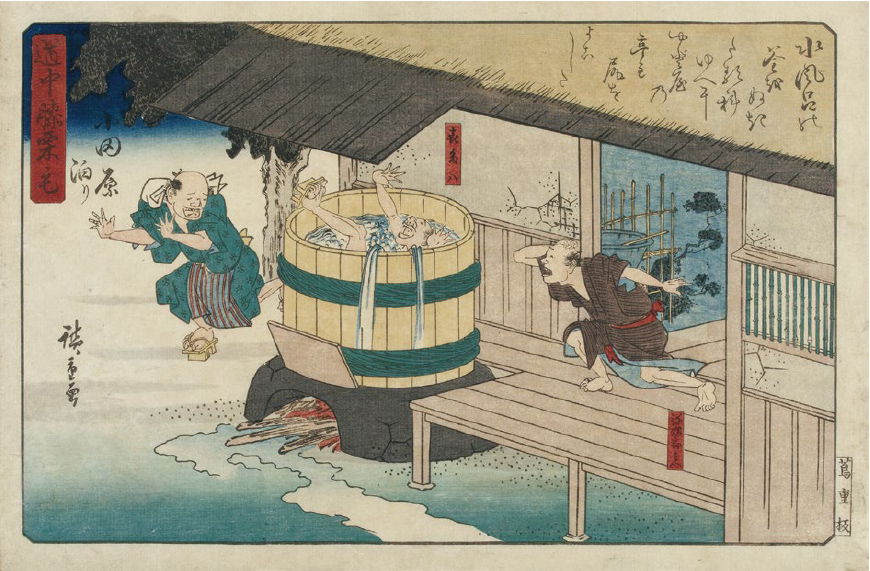
Features of the exhibit (2)
The hanmoto who published Hiroshige’s works
Learn about the hanmoto who published works by Hiroshige, from his first prints to his last years, and the art they produced!
Takenouchi Magohachi at Hoeido,
who published his famous “Fifty-Three Stations of the Tokaido”.
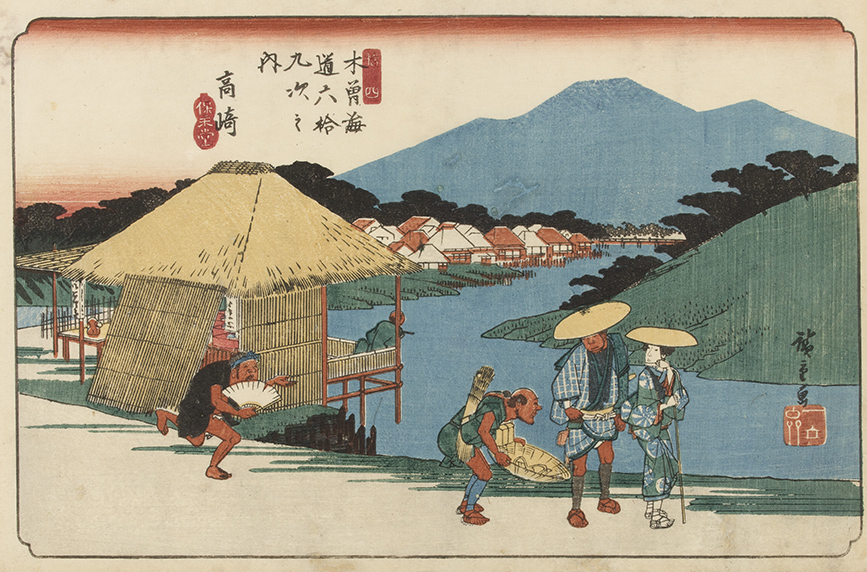

Sakanaya Eikichi,
who published “One Hundred Famous Views of Edo”, from his later years.
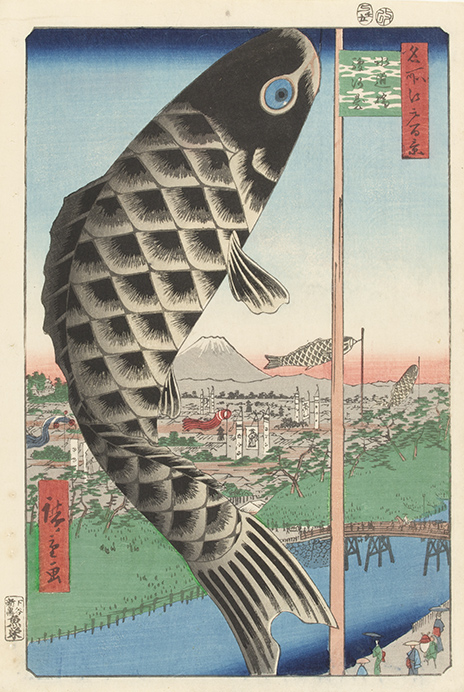

Nishimuraya Yohachi at Eijudo,
who published Hokusai’s “Thirty-Six Views of Mount Fuji ”.
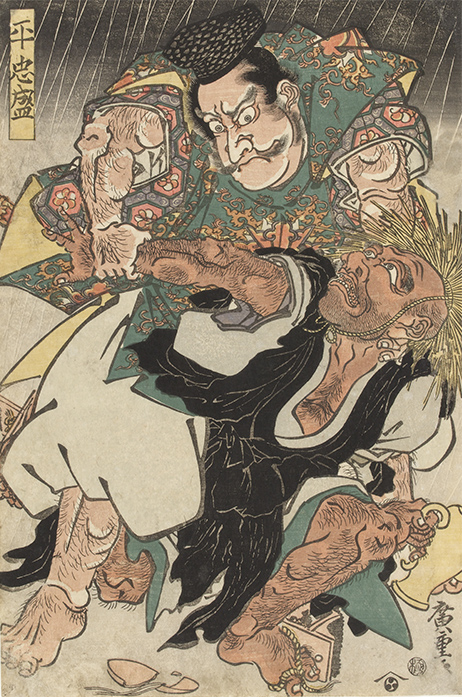

Features of the exhibit (3)
The work of the hanmoto and their sales strategies
Direct originals before they became prints! Hanshita were the pictures the hanmoto requested the artists to draw.
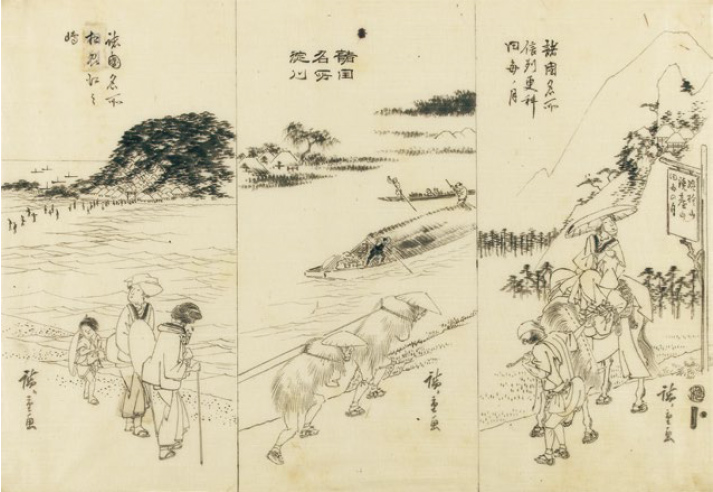
Features of the exhibit (4)
Hanmoto ads hidden in the art
The trademark of the hanmoto Iseya Rihei is hidden in the fusuma paper design.
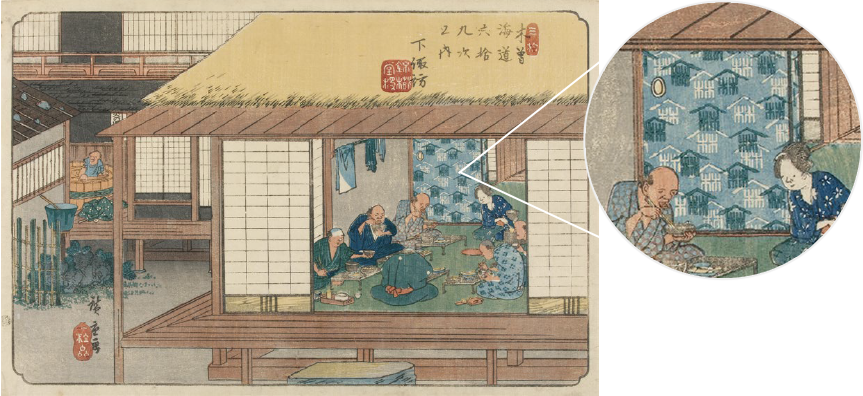
The Exhibition Room will feature a special exhibit thanks to the assistance of Unsodo, a Kyoto-based hanmoto that still today publishes woodblock printed books.
Unsodo is a publishing company that was founded in 1891, and is located in Teramachinijo, Kyoto. From its founding, it was involved with publishing numerous woodblock prints, a job it still carries out today as its commitment to publishing works that will be passed down to future generations. The company was named by Tomioka Tessai, a Kyoto literati painter. Unso is the Japanese word a perennial plant of the Rutaceae family. Its insect-repelling citrus scent meant it was inserted into books, making it an appropriate name for a publisher.
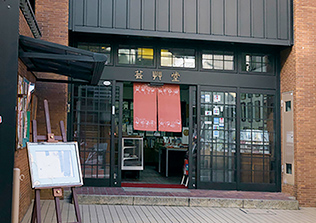
One of the world’s largest woodblock prints. It was created by Mitsumura Toshimo, the founder of Mitsumura Printing Co., Ltd. First published in 1904, the print was exhibited at the St. Louis World’s Fair that year. The 1991 reprint was handled by Unsodo.
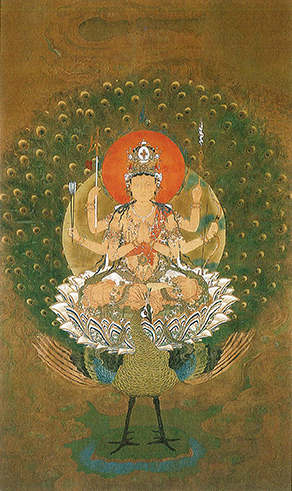
Related Event
July 26 (Sat.) 2025
pre-registration
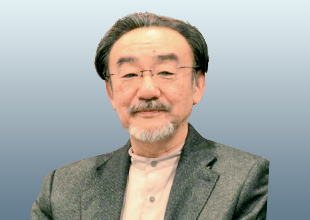
Related Event
July 27 (Sun.) 2025
Free
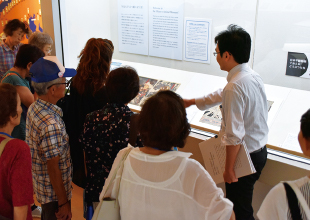
Related Event
August 23 (Sat.) 2025
* Registration is now closed as we have reached capacity.
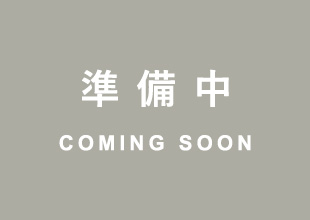
Related Event
August 24 (Sun.) 2025
Free
